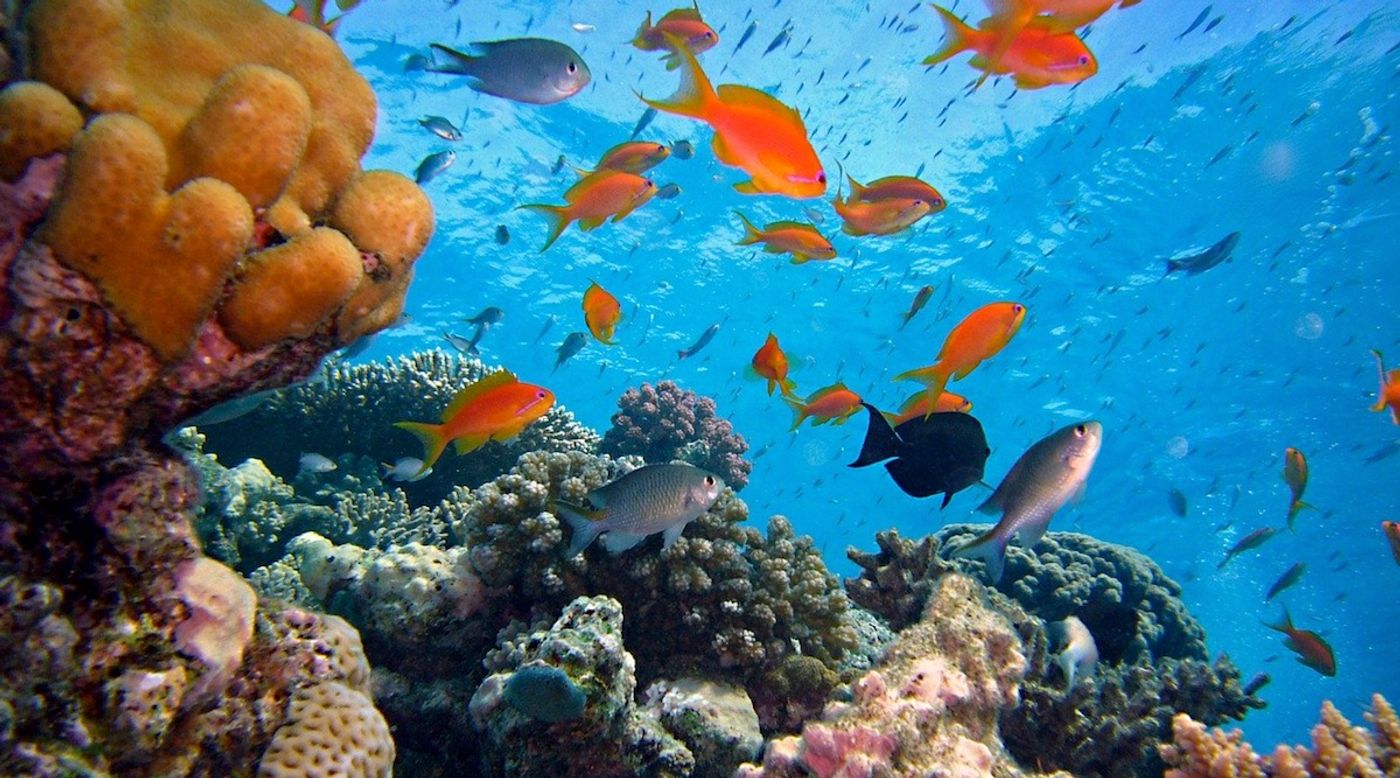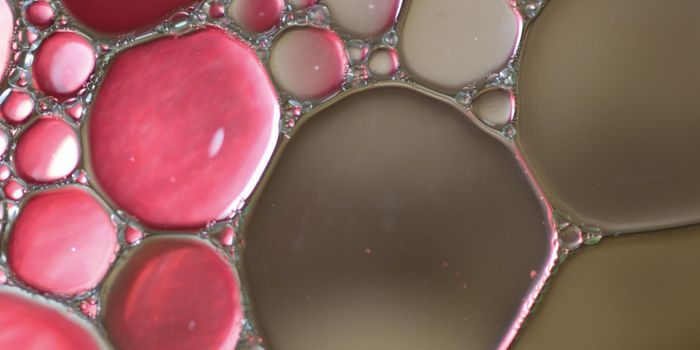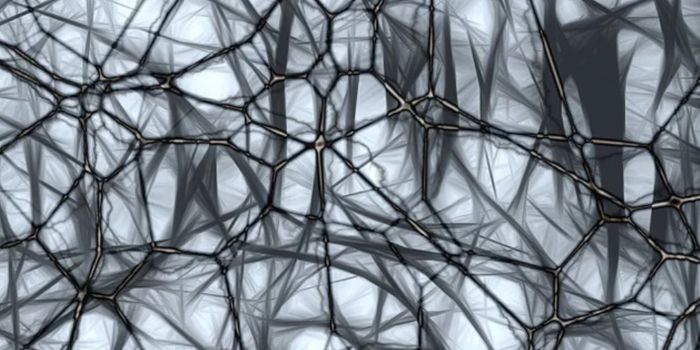Ocean Microbes Demonstrate an Evolutionary Principle in Action
Our world is teeming with bacteria and viruses, and in the oceans, their coexistence has them locked in an evolutionary battle. The Red Queen hypothesis suggests that organisms must be constantly adapting, enabling them to spread and survive, or else they will perish in an environment that is full of competitors. Marine biologists from the University of Southern California (USC) have now observed the Red Queen hypothesis in action in their study of viruses and bacteria in the Pacific Ocean, and have reported on the competitive tactics used by these microbes in new work published in Nature Microbiology.
"The Red Queen concept in biology means a species running fast in place just to keep even, and that's what we found in these microbial communities," said the lead author of the report Jed Fuhrman, a marine biologist at the USC Dornsife College of Letters, Arts and Sciences. "This is one of the modern tenets of evolutionary biology, and our observations fit nicely within the framework." This evolutionary principle remains in place without regard to time or season.
The work was conducted in an area that lies between the coast of California and Catalina Island. Like other places, this area is full of bacteria and viruses, a diverse and abundant group of microorganisms. If taken together, it’s estimated that their weight represents nearly ninety percent or more of the life in the world's oceans. They are invaluable to the ecosystem; they help recycle and convert nutrients, are integral to the food chain and can impact the climate of our planet.
People don’t have to worry about most of these microbes; the vast majority have no effect on human health. They do influence one another, however. Viruses are constantly racing to get the upper hand; they are able and always trying to infect bacteria and algae. There are also more viruses than bacteria; a cup of ocean water might contain one billion viral particles. Bacteria have defensive strategies, however, and the battle is a stalemate.
"It has been a puzzle how marine viruses, which are astoundingly abundant at about 10 million per milliliter of seawater, persist at such high abundances despite the ability of their hosts -- mostly bacteria -- to defend themselves," Fuhrman said.
Over five years, the researchers took samples of surface seawater, and then analyzed over one billion genetic sequences, allowing them to sort the viruses. Their findings were then compared to bacterial populations and conditions in the environment.
The study revealed that viral communities are persistently stable over time, and about 95 percent of the same species could be found in most samples. This work confirms previous research, but was conducted over a longer time period than other studies.
The scientists also found mutants of each virus that dominated the populations, but only for a few months. This cycle enables the viruses to be a step ahead of their host’s defenses, said the researchers. It shows that they must adapt in order to survive. In their report, the authors noted that this demonstrates Red Queen dynamics in action; the genotypes of a population are rapidly changing.
Sources: AAAS/Eurekalert! via University of Southern California, Nature Microbiology









